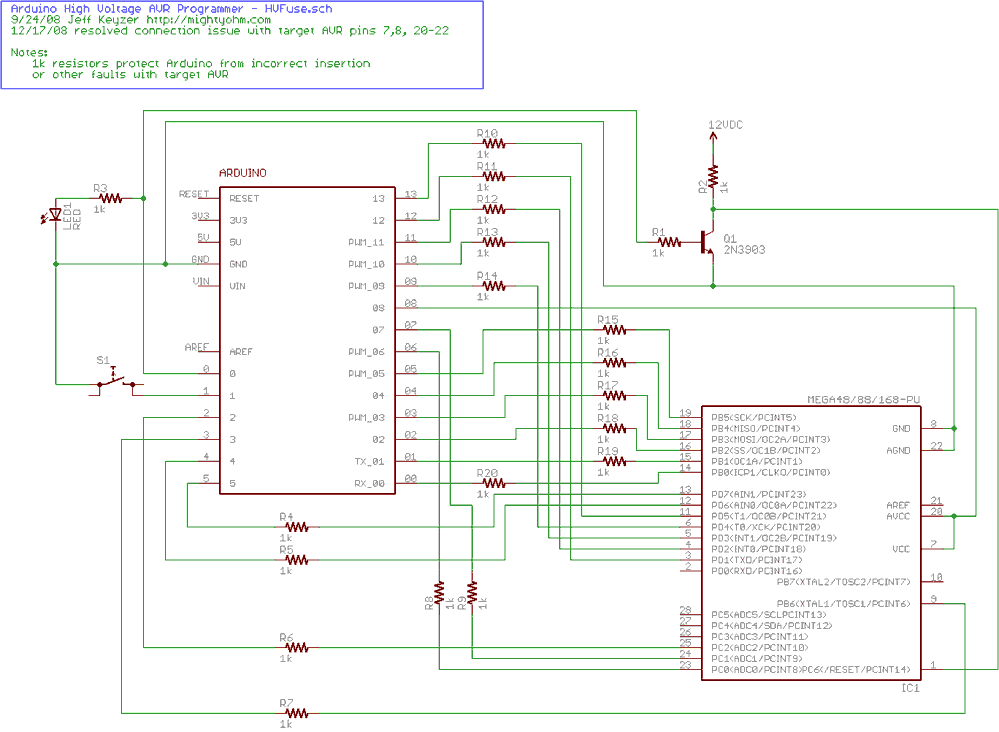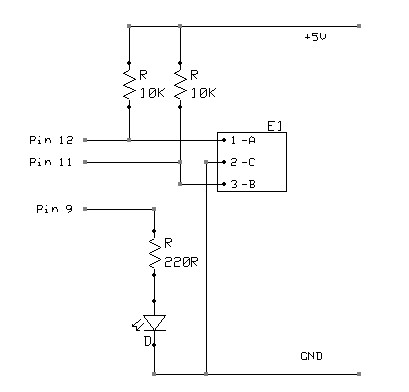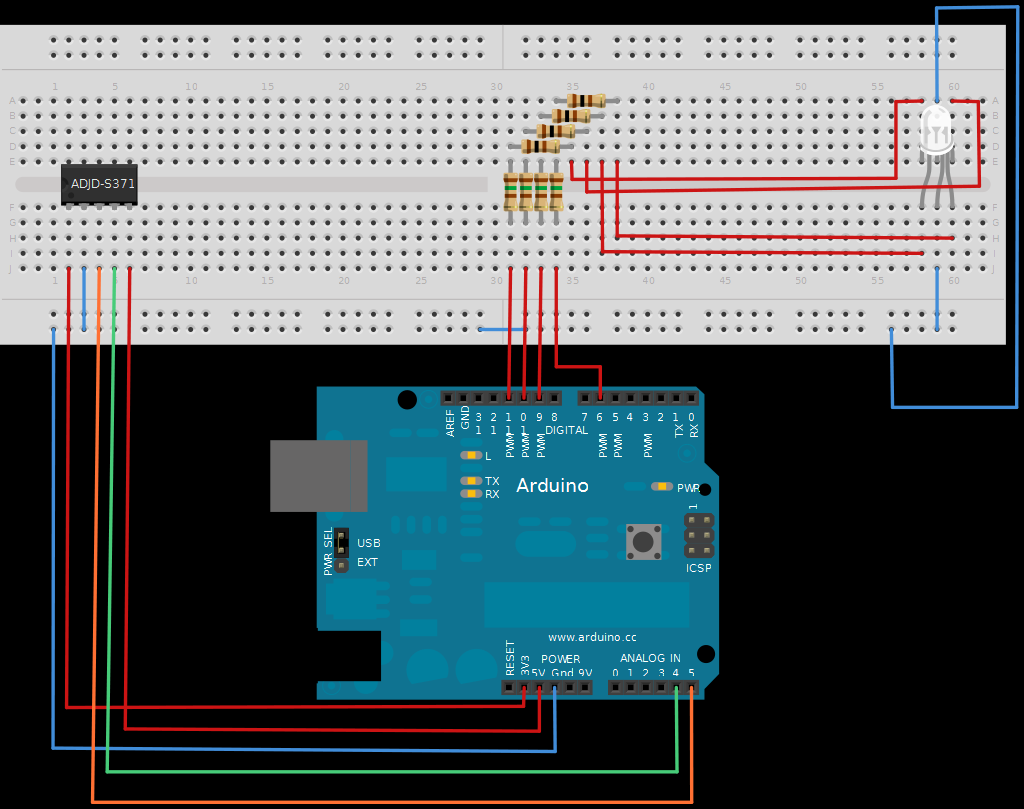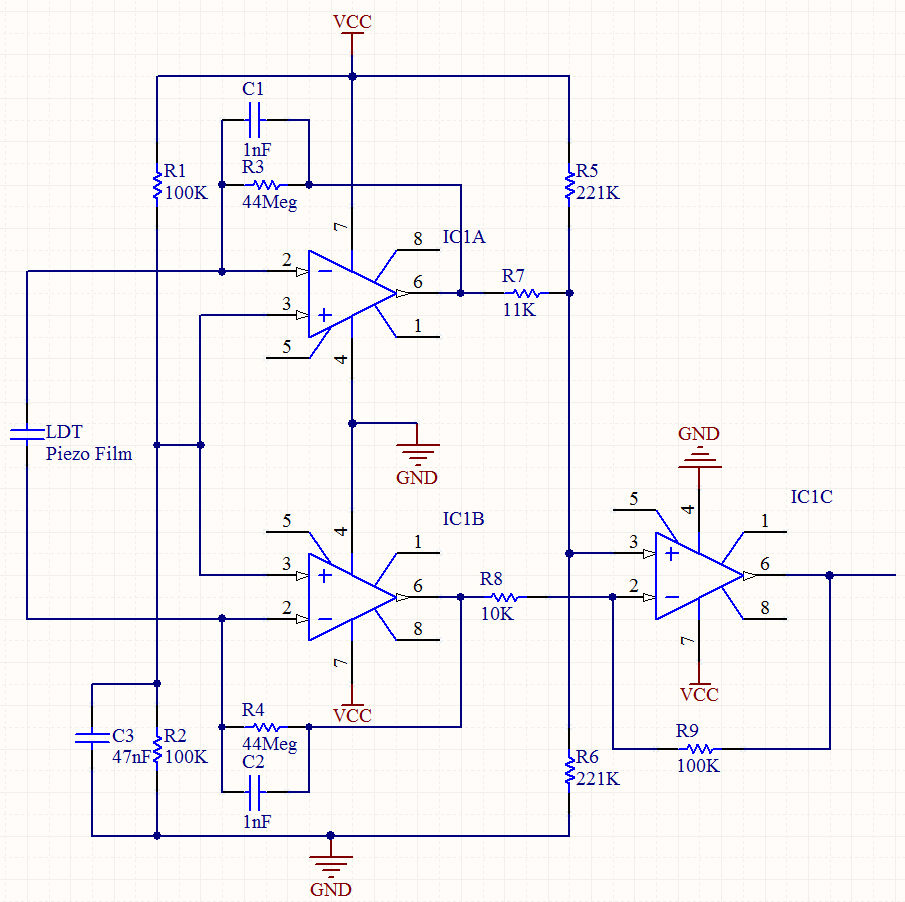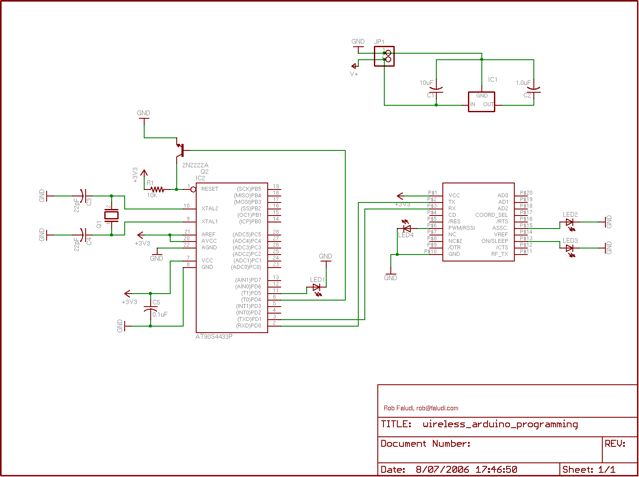
arduino multiplexer shield
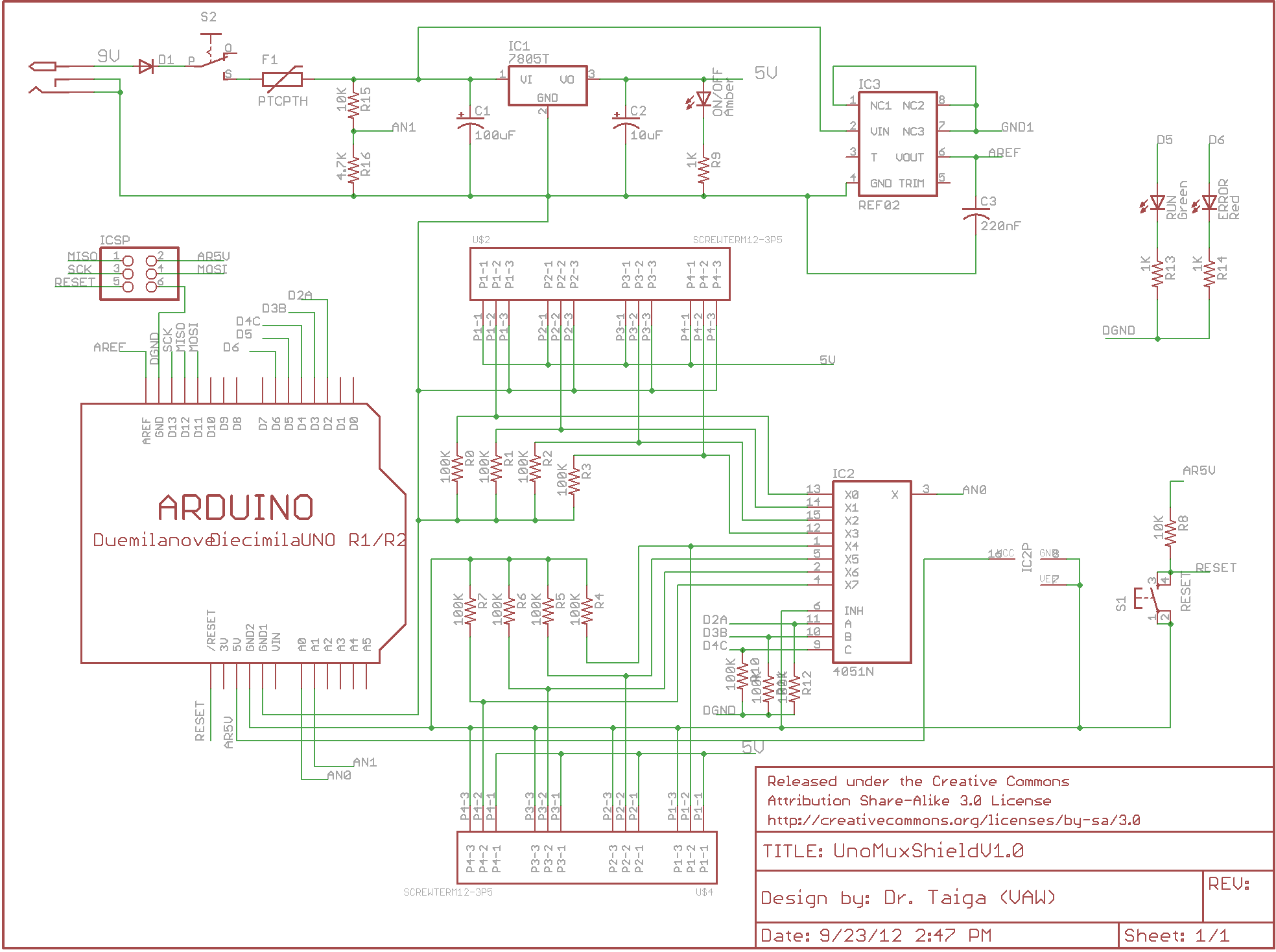
There is enthusiasm for using Arduinos in science projects. However, it is important to address several shortcomings of the Arduino before it can be utilized for more serious applications. Specifically, the addition of robust screw terminals is necessary.
The Arduino platform is widely used in various electronics projects due to its versatility and ease of use. However, for applications that require reliability and durability, particularly in environments where connections may be subject to vibration or frequent disconnection, the standard header pins may not suffice.
To enhance the Arduino's functionality, integrating heavy-duty screw terminals can provide a more secure and stable connection for power and signal lines. These terminals allow for the use of thicker gauge wires, which can handle higher currents and reduce the risk of overheating or failure. Additionally, screw terminals facilitate easier maintenance and replacement of components, as they allow for quick disconnection and reconnection without the need for soldering.
Incorporating screw terminals into an Arduino circuit can be achieved by selecting a suitable terminal block that matches the required specifications, such as current rating and number of connections. The terminal block should be mounted securely to the Arduino board or the project enclosure, ensuring that it is easily accessible for wiring. Proper attention must be given to the layout of the circuit to minimize noise and interference, particularly in sensitive applications.
Overall, the use of heavy-duty screw terminals significantly enhances the robustness and reliability of Arduino-based projects, making them more suitable for semi-serious or professional applications.I`m still very excited about using Arduinos in my science projects. However, I recognized pretty early on that I`d have to address several of the Arduino`s shortcomings before I could use it for any semi-serious work. To be more specific, I realized that I`d have to add some heavy duty screw terminals if.. 🔗 External reference
The Arduino platform is widely used in various electronics projects due to its versatility and ease of use. However, for applications that require reliability and durability, particularly in environments where connections may be subject to vibration or frequent disconnection, the standard header pins may not suffice.
To enhance the Arduino's functionality, integrating heavy-duty screw terminals can provide a more secure and stable connection for power and signal lines. These terminals allow for the use of thicker gauge wires, which can handle higher currents and reduce the risk of overheating or failure. Additionally, screw terminals facilitate easier maintenance and replacement of components, as they allow for quick disconnection and reconnection without the need for soldering.
Incorporating screw terminals into an Arduino circuit can be achieved by selecting a suitable terminal block that matches the required specifications, such as current rating and number of connections. The terminal block should be mounted securely to the Arduino board or the project enclosure, ensuring that it is easily accessible for wiring. Proper attention must be given to the layout of the circuit to minimize noise and interference, particularly in sensitive applications.
Overall, the use of heavy-duty screw terminals significantly enhances the robustness and reliability of Arduino-based projects, making them more suitable for semi-serious or professional applications.I`m still very excited about using Arduinos in my science projects. However, I recognized pretty early on that I`d have to address several of the Arduino`s shortcomings before I could use it for any semi-serious work. To be more specific, I realized that I`d have to add some heavy duty screw terminals if.. 🔗 External reference
